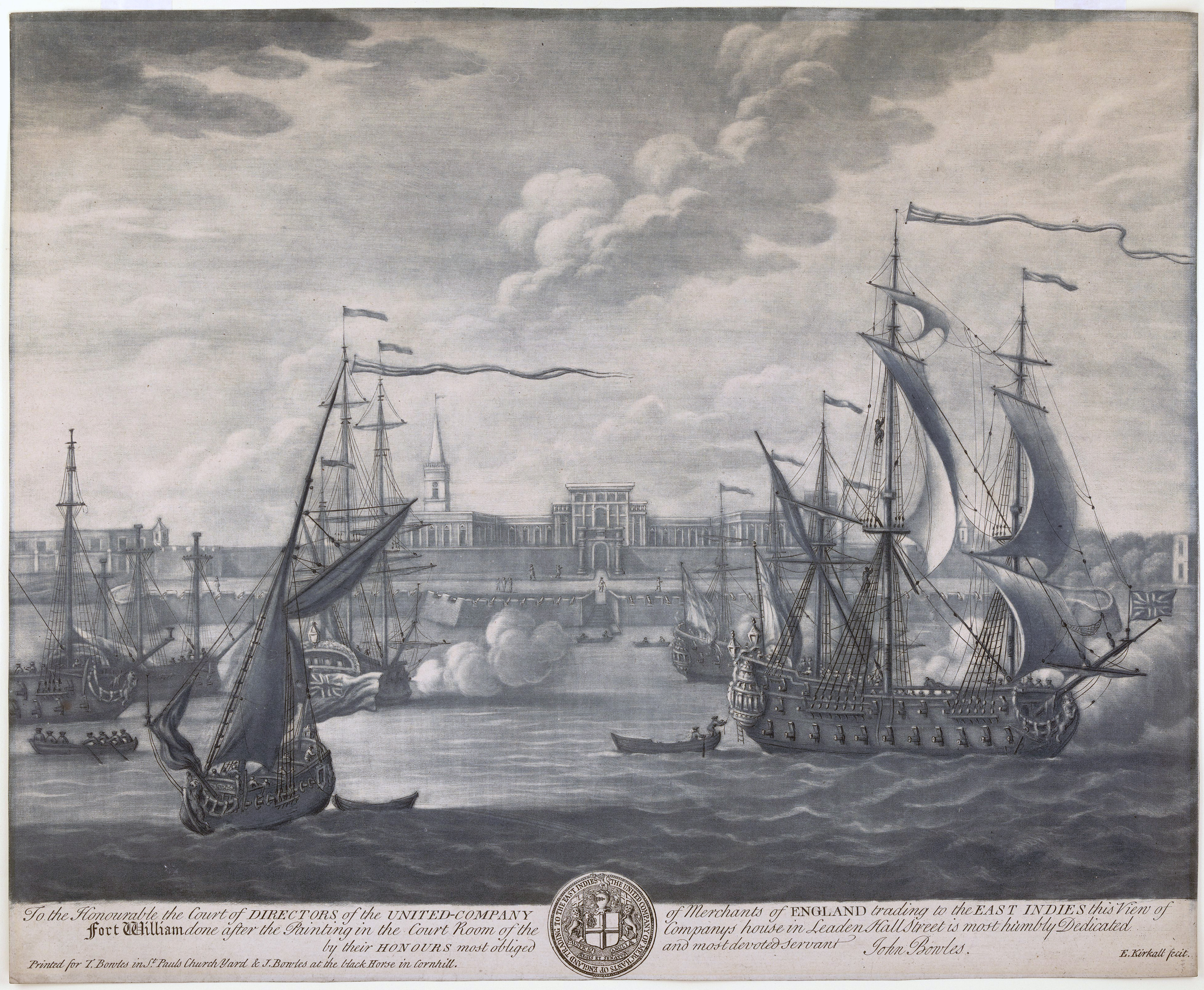
Presidencies and provinces of British India
The provinces of India, earlier presidencies of British India and still earlier, presidency towns, were the administrative divisions of British governance on the Indian subcontinent. Collectively, they have been called British India. In one form or another, they existed between 1612 and 1947, conventionally divided into three historical periods:
"British India" redirects here. For the history of the British Empire on the Indian subcontinent, see British Raj. For the British East India Company's rule in India, see Company rule in India. For other uses, see British India (disambiguation)."British India" did not include the many princely states which continued to be ruled by Indian princes, though by the 19th century under British suzerainty—their defence, foreign relations, and communications relinquished to British authority and their internal rule closely monitored.[2] At the time of Indian Independence, in 1947, there were officially 565 princely states, a few being very large although most were very small. They comprised a quarter of the population of the British Raj and two fifths of its land area, with the provinces comprising the remainders.[3] The British India Army formed the Indian Armed Forces which was further divided into the Pakistan Armed Forces following the partition of India.
British India (1600–1947)[edit]
In 1608, Mughal authorities allowed the English East India Company to establish a small trading settlement at Surat (now in the state of Gujarat), and this became the company's first headquarters town. It was followed in 1611 by a permanent factory at Machilipatnam on the Coromandel Coast, and in 1612 the company joined other already established European trading companies in Bengal in trade.[4] However, the power of the Mughal Empire declined from 1707, first at the hands of the Marathas and later due to invasion from Persia (1739) and Afghanistan (1761); after the East India Company's victories at the Battle of Plassey (1757), and Battle of Buxar (1764)—both within the Bengal Presidency established in 1765—and the abolition of local rule (Nizamat) in Bengal in 1793, the company gradually began to formally expand its territories across India.[5] By the mid-19th century, and after the three Anglo-Maratha Wars the East India Company had become the paramount political and military power in south Asia, its territory held in trust for the British Crown.[6]
Company rule in Bengal (after 1793) was terminated by the Government of India Act 1858, following the events of the Bengal Rebellion of 1857.[6] Henceforth known as British India, it was thereafter directly ruled as a colonial possession of the United Kingdom, and India was officially known after 1876 as the Indian Empire.[7] India was divided into British India, regions that were directly administered by the British, with acts established and passed in the British parliament,[8] and the princely states,[9] ruled by local rulers of different ethnic backgrounds. These rulers were allowed a measure of internal autonomy in exchange for recognition of British suzerainty. British India constituted a significant portion of India both in area and population; in 1910, for example, it covered approximately 54% of the area and included over 77% of the population.[10] In addition, there were Portuguese and French exclaves in India. Independence from British rule was achieved in 1947 with the formation of two nations, the Dominions of India and Pakistan, the latter including East Bengal, present-day Bangladesh.
The term British India also applied to Burma for a shorter time period: beginning in 1824, a small part of Burma, and by 1886, almost two thirds of Burma had been made part of British India.[8] This arrangement lasted until 1937, when Burma was reorganized as a separate British colony. British India did not apply to other countries in the region, such as Sri Lanka (then Ceylon), which was a British Crown colony, or the Maldive Islands, which were a British protectorate. At its greatest extent, in the early 20th century, the territory of British India extended as far as the frontiers of Persia in the west; Afghanistan in the northwest; Nepal in the north, Tibet in the northeast; and China, French Indochina and Siam in the east. It also included the Aden Province in the Arabian Peninsula.[11]




